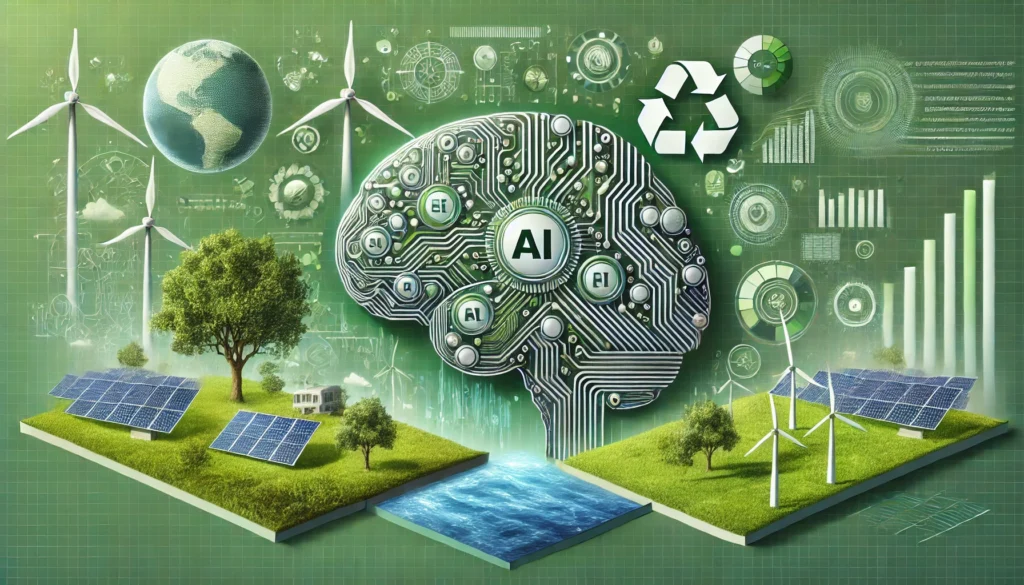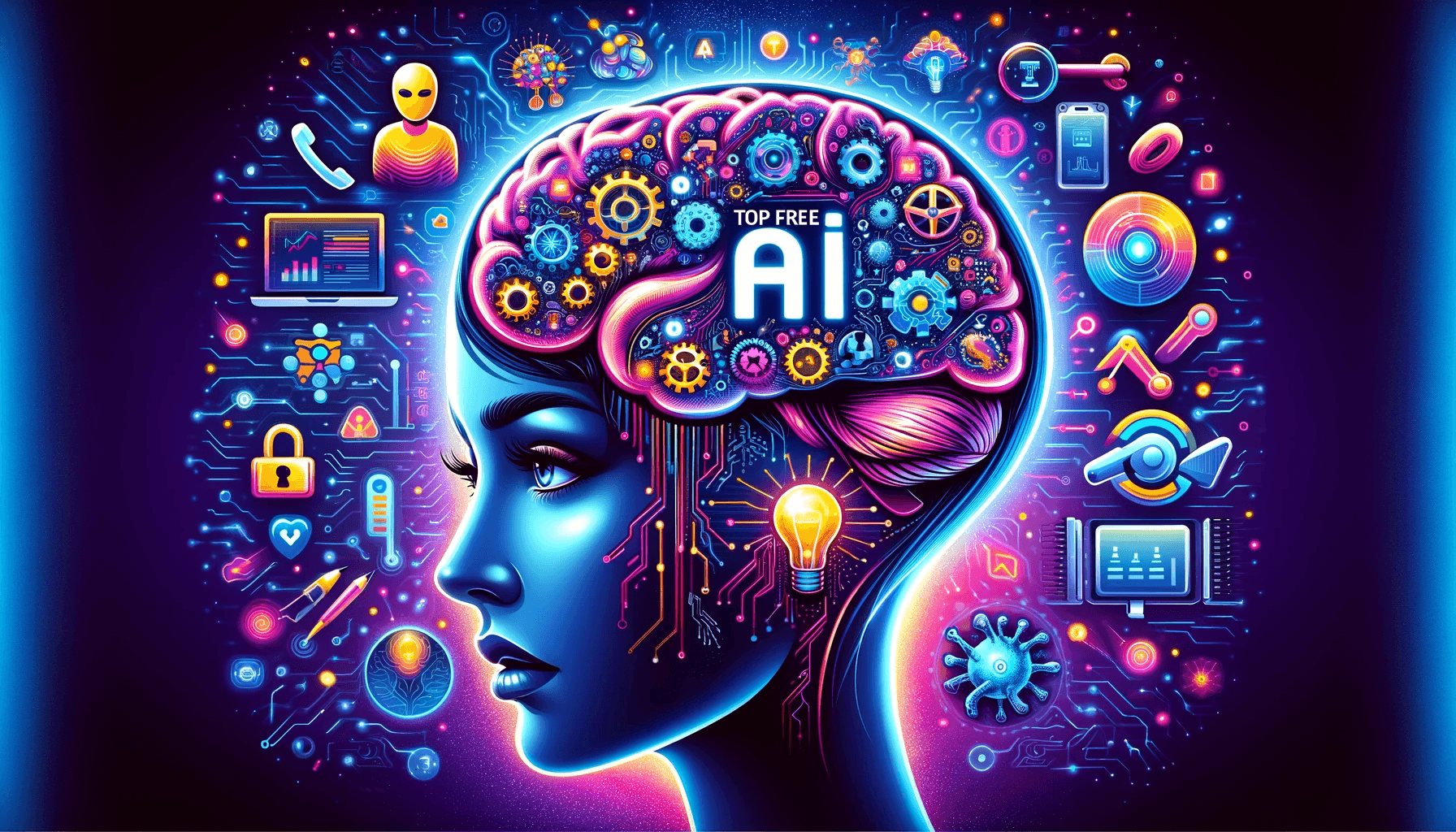Artificial Intelligence (AI) is not just transforming industries like healthcare and transportation—it’s also becoming a valuable tool in the fight to protect the environment. As a beginner, understanding how AI interacts with environmental issues can help you appreciate both its potential and its challenges.
What is AI’s Role in Environmental Protection?
AI in the environmental sector involves using algorithms, machine learning, and data analysis to monitor, predict, and solve ecological problems. From tracking climate change to improving energy efficiency, AI is becoming an essential ally in creating sustainable solutions.
Key Applications of AI in Environmental Protection
Climate Monitoring and Prediction
AI can process large amounts of climate data to forecast weather patterns, track greenhouse gas emissions, and predict natural disasters. These insights help scientists and governments prepare for extreme weather events and develop more effective climate strategies.
Wildlife Conservation
AI-powered image recognition and tracking tools help monitor endangered species, detect poaching activities, and study animal behaviors. Automated cameras, drones, and acoustic sensors combined with AI algorithms are now widely used in wildlife protection.
Sustainable Agriculture
AI supports sustainable farming by analyzing soil health, predicting crop yields, and optimizing irrigation. AI-based precision agriculture helps farmers use fewer resources while maximizing productivity, reducing environmental harm.
Energy Management
AI is used to improve energy efficiency in smart grids and buildings by predicting energy consumption and optimizing power distribution. It also assists in the development of renewable energy systems by forecasting solar and wind energy outputs.
Pollution Control
AI-driven models can detect pollution sources, track air and water quality in real-time, and suggest ways to minimize emissions. These systems allow for quicker responses to pollution incidents and better long-term environmental planning.
Challenges of Using AI for the Environment
While AI offers great potential, it comes with certain challenges:
- High Energy Consumption: Training large AI models often requires substantial computing power, which can lead to increased carbon emissions if not managed with green energy sources.
- Data Limitations: Environmental AI relies on high-quality, real-time data. In some regions, such data may be limited or unavailable, reducing AI’s effectiveness.
- Ethical Considerations: Decisions made by AI in areas like resource allocation or disaster management must be carefully monitored to ensure fairness and accuracy.
Balancing AI Innovation with Sustainability
To truly benefit the environment, it’s important to develop green AI—systems that are energy-efficient and designed with sustainability in mind. This includes using renewable energy for data centers, improving algorithm efficiency, and focusing on applications that bring measurable environmental benefits.
Conclusion
AI is a powerful tool that can contribute significantly to protecting our planet. From monitoring wildlife to optimizing energy use, its applications are vast and growing. However, beginners should understand that responsible use and ongoing innovation are key to ensuring AI’s positive impact on the environment. With thoughtful development, AI can be part of the solution to today’s most pressing environmental challenges.







Leave feedback about this